The citadel was first built in the 10th century on the grounds of Do Ban capital, Champa Kingdom and named Do Ban. It is around 30km to the north of Quy Nhon City, in Nhon Hau Commune, An Nhon District, Binh Dinh Province.
The citadel went through many ups and downs of history and became a ruin in the 15th century. In 1776, the Tay Son Dynasty, Nguyen Nhac (King Thai Duc) set up the headquarters here and rebuilt the citadel called Hoang De (Emperor). In 1793, Nguyen Nhac passed away, the citadel was renamed Quy Nhon. It was Binh Dinh Citadel in 1799. From 1823 the Binh Dinh Citadel turned to ruin. However, many vestiges still stay until nowadays.
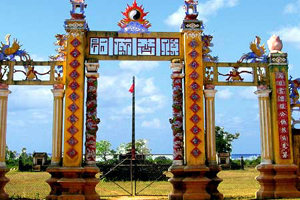
The citadel entrance.
The Emperor Citadel has three circles like other ancient citadels, with a perimeter of 25 miles. The Forbidden City has a perimeter of 600m. Some sections of the Forbidden City still remain, average 1.8m height, made of laterite. Archaeologists have discovered many relics of the Thai Duc reign in the citadel.
The Emperor Citadel (also called Do Ban Citadel or Binh Dinh Citadel) has been recognised as a historical relic by Ministry of Culture and Information (Ministry of Culture, Sports and Tourism now). It is an attractive site for tourists and researchers in Binh Dinh Province.
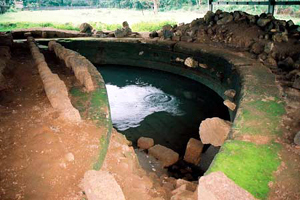
The trace of a lake inside the Forbidden City.
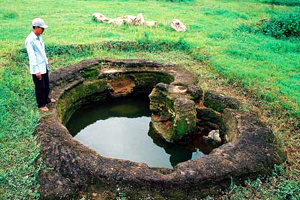
A heart-shaped well.
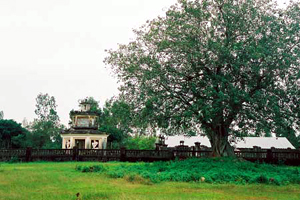
A corner of the Forbidden City.
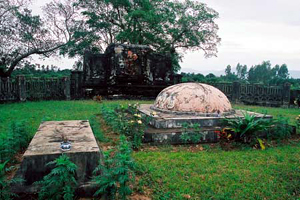
A royal tomb inside the citadel.
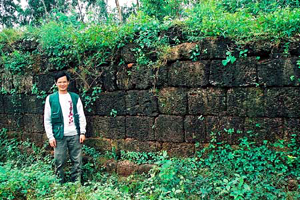
A laterite-made wall.
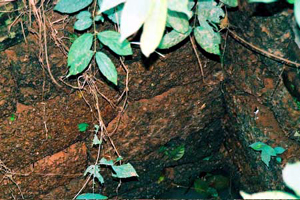
An ancient well.
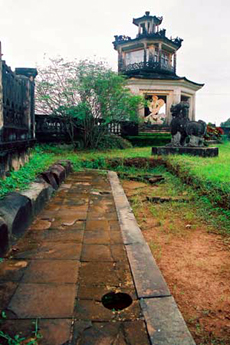
A walkway paved by Bat Trang bricks.

Stone-made animal.

Stone-made animal.